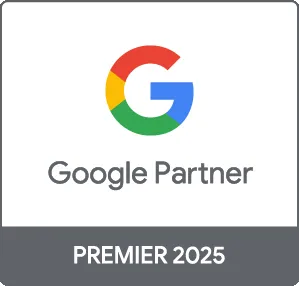Google Ads is a powerful advertising platform that enables businesses to reach their target audience effectively and drive conversions. In this comprehensive guide, we'll explore the essential things you can do with Google Ads, from creating targeted campaigns to optimizing your ad spend. Whether you're a novice or an experienced marketer, these insights will enhance your advertising strategy and ensure maximum return on investment.
Understanding Google Ads
Google Ads, formerly known as Google AdWords, allows businesses to display ads on Google’s search results pages and across its partner networks. By bidding on keywords, you can ensure that your ads appear when potential customers are searching for relevant products or services.
1. Research the Right Keywords
Keyword research is crucial for successful Google Ads campaigns. Here’s how to go about it:
- Use the Google Keyword Planner: This free tool helps you identify keywords that are relevant to your business and shows their search volumes.
- Consider Long-Tail Keywords: These are longer, more specific phrases that tend to have less competition and can lead to higher conversion rates.
- Analyze Competitor Keywords: Review what keywords your competitors are targeting to uncover potential gaps in your strategy.
2. Create Targeted Ads
Crafting targeted ads is key to attracting the right audience:
- Compelling Headlines: Your ad's headline should grab attention and include your main keyword.
- Clear Call-to-Action (CTA): Encourage users to take action with phrases like 'Shop Now', 'Learn More', or 'Get a Free Quote'.
- Ad Extensions: Utilize ad extensions to add more information, such as location, links to specific pages, or additional contact options.
3. Set a Realistic Budget
Managing your budget effectively can lead to better campaign performance:
- Understand Bidding Strategies: Choose a bidding strategy based on your goals, whether it's maximizing clicks, conversions, or return on ad spend.
- Monitor Daily Budget: Regularly check your budget to ensure you’re not overspending while still maximizing visibility.
- Consider Seasonality: Adjust your budget during peak seasons or for special promotions to ensure you’re getting the most from your ads.
4. Measure and Optimize Performance
To continually improve your Google Ads campaigns, measuring performance is essential:
- Use Google Analytics: Integrate Google Ads with Google Analytics to gain insights into user behavior on your website.
- A/B Testing: Experiment with different ad copies, headlines, and CTAs to identify what resonates best with your audience.
- Adjust Targeting: Refine your audience targeting based on the performance data to improve relevance and ad effectiveness.
5. Leverage Remarketing
Remarketing allows you to re-engage users who've previously visited your site:
- Create Audience Lists: Develop lists based on user behavior, such as visitors who abandoned their shopping cart.
- Custom Ads: Design tailored ads that specifically target these users, encouraging them to return to your site.
- Adjust Bidding for Remarketing: Consider increasing your bids when targeting audiences that have shown prior interest in your products or services.
Conclusion
Using Google Ads effectively involves strategic planning, continuous monitoring, and optimization. By focusing on keyword research, creating targeted ads, budget management, performance measurement, and leveraging remarketing, you can maximize your advertising impact and drive better results for your business.
At Prebo Digital, we specialize in Google Ads management, helping businesses navigate the complexities of online advertising. Ready to take your Google Ads strategy to the next level? Contact us today for a consultation!





